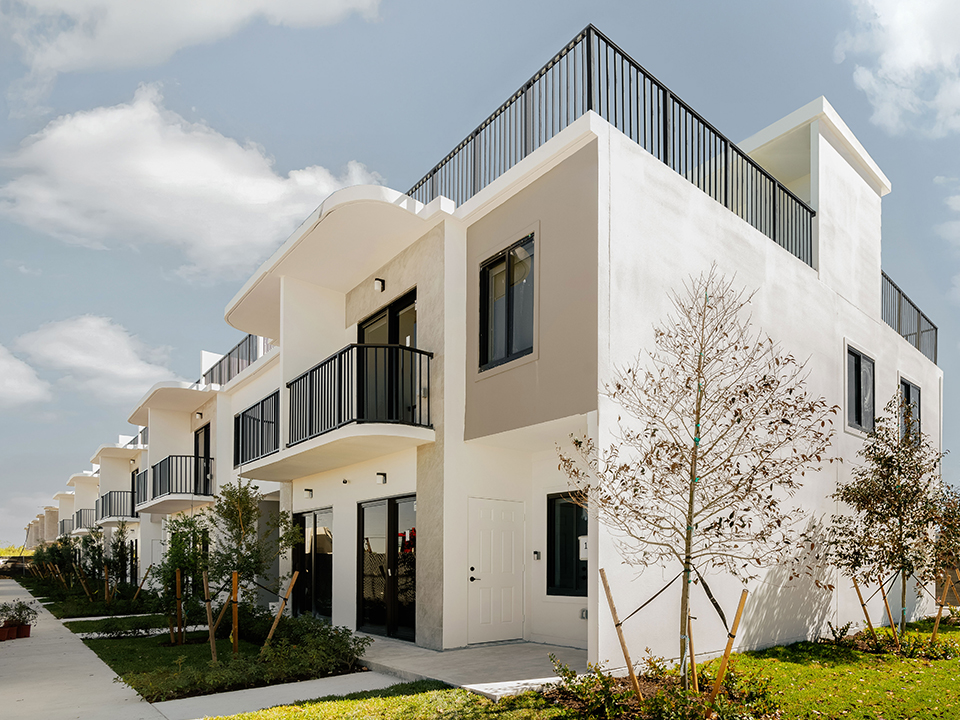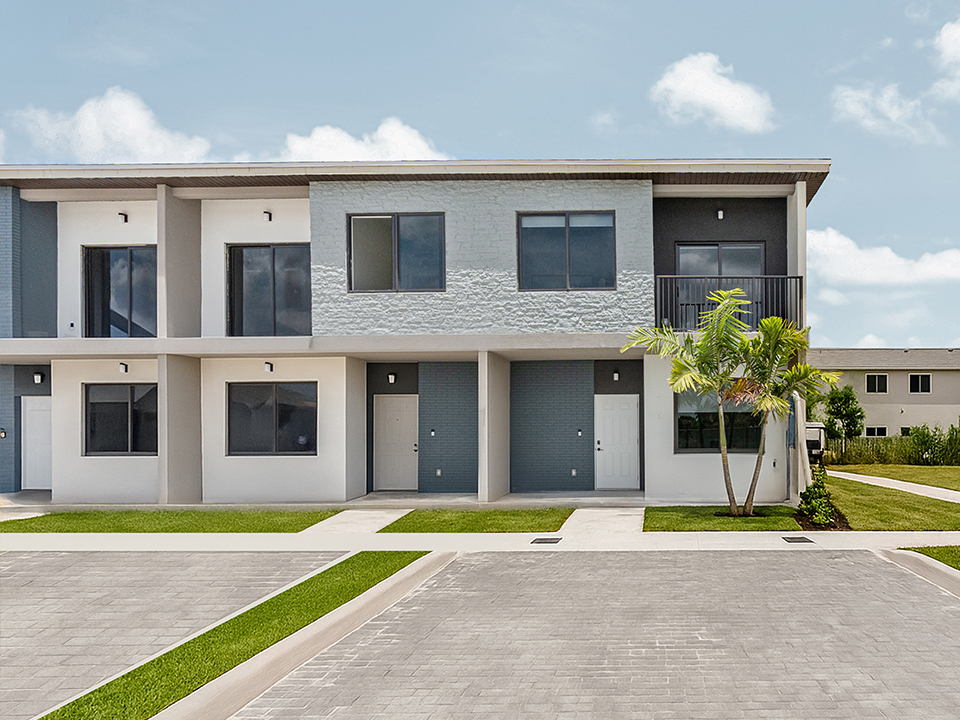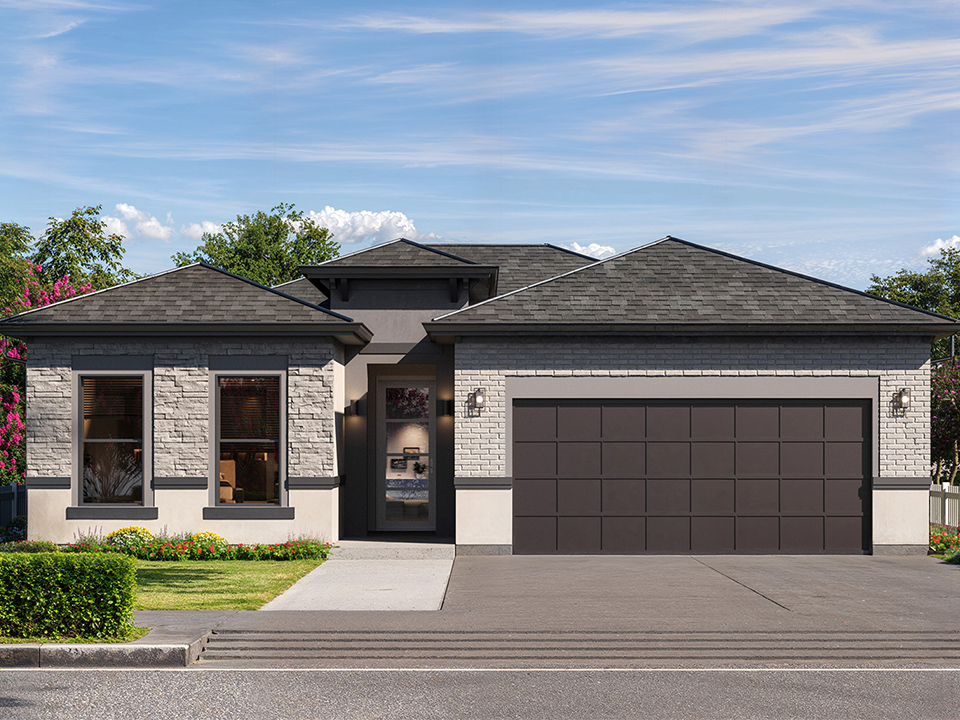From smart shutters to Kevlar-like screens to home design, the latest tech for braving hurricane season
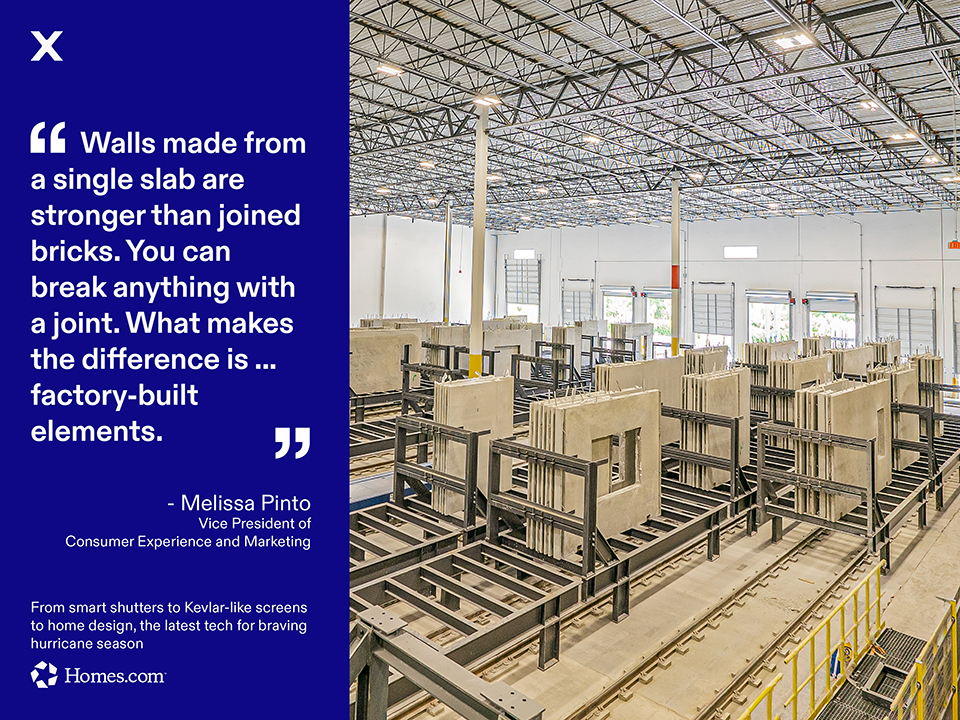
By Trevor Fraser
Published on May 30, 2025
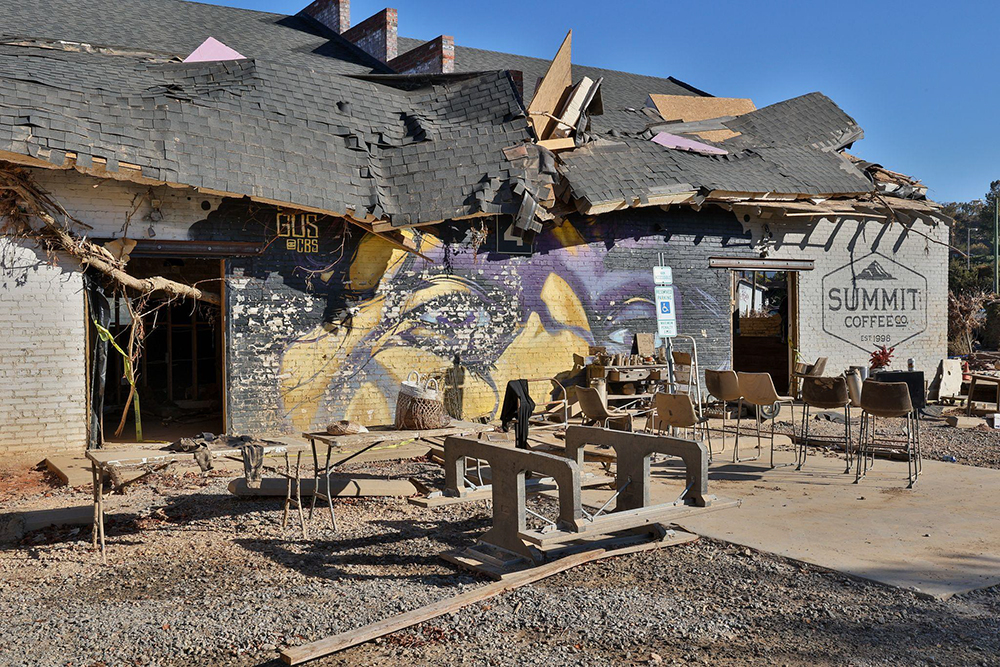
The Atlantic hurricane season begins June 1, and the National Oceanic and Atmospheric Administration predicts an above-average number of named storms: as many as 10 hurricanes, including three to five major ones.
Preparing a house for a hurricane feels like a straightforward endeavor: Shield glass and vulnerable structural points from impact and keep water out.
Within that simple mission statement is the work of inventors, tweaking the primitive technologies of boards and metal.
“We are engineers by trade and by crazy mind,” said Fernanda Ferrell-Zabala, co-owner of Advanced Hurricane Technology in Fort Myers, Florida.
Innovations employ smart technology
From materials to conveniences to the way homes themselves are built, advancements in hurricane preparedness are making houses more resilient. But experts say the cost of making those advancements is going up.
Customers often look for improvements that make preparation easier and more convenient. A simple electric motor, for example, turns rolling shutters into smart ones controlled with a phone app. This is particularly helpful to people in hurricane-prone areas subject to homeowner association rules about when the shutters can go up and how long they can stay down.
“You go up North for the summer, you don’t have to pay someone to watch or seal up your house,” said Jaime Zabala Jr., Ferrell-Zabala’s brother and business partner.
Companies are working on perfecting shutters that can close automatically with information from wind sensors or vibration sensors, which Zabala Jr. said are more reliable. But he said the technology isn’t accurate enough yet to market on a mass scale.
“There are liability issues,” Zabala Jr. said. “What if someone is under the shutters when they come down?”
Typical hurricane shutters cost between $1,475 and $5,856, according to research by home services marketplace Angi. A quick survey of motorized shutters suggests they can cost more than $1,000 per window.
But Zabala Jr. said the price of materials is going up across the board due to tariffs, with aluminum hit especially hard.
“We are expecting an additional 15% increase [on all materials] over the next six months,” he said.
The siblings run the business their parents founded in 1993. Jaime Zabala Sr. invented the end-retention system for shutters that prevents slats from becoming dislodged, an innovation Ferrell-Zabala said is an industry standard today.
“The general homeowner doesn’t … know that there is a lot of innovation in those products,” she said.
It’s these often unseen or unnoticed changes that Zabala Jr. said have made storm shields stronger and more durable today.
Industry turns to other materials to improve safety
Materials are another arena where the industry has changed.
“Over the years, we have advanced from PVC slats … to foam-filled aluminum,” Zabala Jr. said, adding that building code changes have pushed much of the industry to accept the more expensive systems.
Recently, the big transition is to screens, using strong, tightly woven
Kevlar-style fabric, like trampoline fabric on steroids,” Zabala Jr. said. “Instead of being a very rigid substance, these function more off energy deflection.”
Screens provide homeowners with several advantages over traditional shutters, according to Zabala Jr. “You can see through them. They don’t leave you in the dark. You can cut through them in case of fire.”
He said southwest Florida alone already has multiple manufacturers and retailers for screen technologies, with some focusing on making aesthetically appealing products.
Screens run roughly $35 to $50 per square foot, according to Zabala Jr.
Modular firm banks on concrete construction
Companies such as Texas-based Onx Homes, meanwhile, are making the whole house more resilient. With communities in Punta Gorda and other hurricane-battered Florida cities, the modular homebuilder says its concrete constructions can withstand 175 mph winds. A Category 5 hurricane, the highest on the Saffir-Simpson scale, starts at 157 mph.
Melissa Pinto, a spokesperson for Onx, said walls made from a single slab are stronger than joined bricks. “You can break anything with a joint,” Pinto said. “What makes the difference is … factory-built elements.”
The company has three factories in Florida: one for the walls, one for the bathroom pods, and one for the foundation, which Pinto said is typically buried 6 feet deep.
Onx also has impact-resistant doors and windows. The homes come with steel roofs standard, though Pinto said the company is working on making those concrete as well.
Onx homes, which run from the high-$200,000s to the high-$600,000s depending on the location, have approximately 45 elements that are fitted together. Pinto said the process is similar to commercial buildings, which she noted tend to survive hurricanes better than residences.
“If you visit a site after a hurricane … you don’t see [flattening] as much in commercial buildings,” Pinto said. “We just needed to make it more cost-effective for homes.”
Innovation can be cost-prohibitive for some firms
Zabala Jr. is working on patenting something he’s calling the “emergency screen,” a simple system that can be quickly attached to the boards many homeowners put over their windows to hold plywood barriers.
But the process for invention has gotten more expensive in the past 20 years, Zabala Jr. said. “Every time that I want to develop a new hurricane shutter, it costs between $150,000 and $250,000.”
There’s lab testing, months of evaluation at the state level, and review panels that can include members from competing firms. Zabala Jr. said the process has led to stronger technology with better survival rates, but it has also pushed smaller companies out of innovation.
“I don’t know if the quarter or half-million dollars I’m spending on R&D will sell a single unit,” he said.
He’d like to see more tax credits for research, and possibly collaboration with universities. “I haven’t seen that happen, but I think it would be great.”
